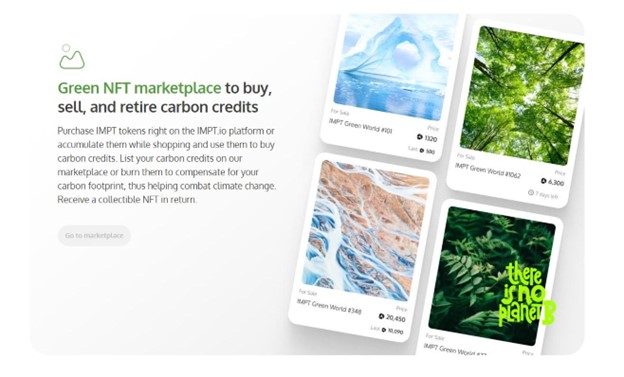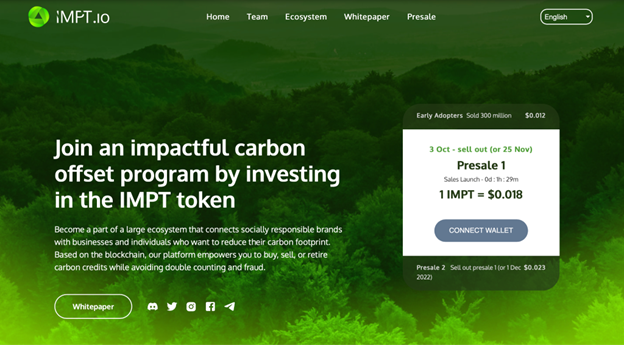Since 2021, Play to Earn (P2E) games have boomed. Following the success of Axie, all kinds of P2E games have popped up to join the feast, each demonstrating unique advantages in this carnival. Some projects beat all the first-gen GameFi projects with improved gameplay but became outdated as the GameFi popularity dwindled. Some project teams replicated early hit projects such as Axie and sought to copy their success on another chain but failed at last because they ignored the first-mover advantage and the market recognition of the successful cases. There are projects that kept hyping up new concepts by collaborating with big investors, game guilds, and developers. Weirdly, many of such projects survived because they kept delaying the launch of any actual product. Moreover, some projects aimed to establish connections with the real world through unique economic models and product designs and quickly attracted much attention as they released the right product at the right moment.
The GameFi boom is inseparable from tokenomics: Combining DeFi and entertainment to allow players to make earnings while playing games is a genius design. With sound tokenomics, projects could achieve sustained growth while introducing more versatile use cases for their NFTs and tokens. Play to Earn is bringing us a new interactive model of digitized financial assets. As it monetizes players’ spare time, the model will evolve into a major part of the future metaverse.
Today, we will go through some basic economic concepts and some of our own insights.
First of all, let’s take a look at how many roles there are in the P2E ecosystem, as well as their respective positions. In the P2E sector, there are five major participants: players, project teams, developers, investors, and NFT holders. By trying on the shoes of others, project teams and users can discover new perspectives and even the potential value of tokens.
Generally speaking, a project’s tokenomics somewhat resembles a country’s monetary policy . When we draw such comparisons, tokens can be seen as fiat currencies, and NFTs in GameFi can be compared to the labor force in the traditional world.
Normally, the market is the standard by which game mechanics and tokenomics are tested. It guides the design and update of a game as a whole.
- To begin with, user-generated content is a key asset for games. Developers often limit users in terms of the generation and sharing of IP within a game through NFT mechanisms. Typical projects that adopt this approach include LOKA, Gold Fever, and Thetan Arena. However, some projects, such as Sandbox and Decentraland, offer open-source NFT minting, which allows users to create NFTs according to their own preferences and skillsets. Although open-source NFT minting usually means that the project will distribute some of the revenue to creators, the drawback of such a mechanism is that it fails to effectively prevent plagiarism, and creators could sell slightly-modified versions of hit NFTs at a lower price to attract more buyers. Today, the mainstream solution is to set up a goalkeeper algorithm to identify similarities between NFTs through automated machine learning.
- Next, let’s turn to the generation of value. The value capture of in-game assets, tokens included, bears great resemblance to other blockchain products: their value mainly comes from user consensus. A token can only succeed if people recognize and use its economic model, and the model could spiral downward in a vicious circle if users no longer recognize its value, which is what happened to LUNA.
As such, the generation of value requires long-term productivity, asset minting, and enrollment of new players.
- Long-term productivity: This primarily includes stable product endorsement, strong investors, and competent project teams. For instance, Animoca, which wields great influence in GameFi, creates a certain player base for the projects it invests in. In addition, partnerships with game guilds also bring GameFi projects with steady user traffic, which could be translated into a greater NFT sales volume and a large player base. Other factors include virtual real estate, pets, and leveling services run by the community or other parties over the long run.
- Asset mining: GameFi projects bring value to asset minting through their mechanisms, which include controlling the inflation level of their tokens. More specifically, project teams should issue additional token supply and NFT items as appropriate. For instance, Sandbox introduced the upper limit of the land and token supply. When it seeks to add new lands, it must consider issuing new LAND tokens, which will inevitably dilute the value of the existing land price. Here, we can compare the land in Sandbox to real estate in the real world. If the housing supply soars while the demand and the money supply stay the same, the real estate price will definitely fall, thereby hurting the interests of previous buyers.
- The enrollment of new players: When issuing more tokens, which are the carrier of value, project teams must balance the interests of new players and early players. For example, latecomers hoping to join Axie face great challenges due to the expensive entry cost.
In addition, the application scenarios of tokens are also crucial. Successful GameFi mechanisms help a project attract more players and prevent behaviors such as cheating and offline transactions.
- Governance: Decentralization is the greatest difference between the blockchain space and traditional industries. The same applies to gaming. GameFi is also decentralized, and voting & governance are a major part of some GameFi tokens. That said, is it true that GameFi projects must set up a Decentralized Autonomous Organization (DAO) in the very beginning? Not exactly. In fact, many GameFi projects didn’t introduce the concept of DAOs in their infancy, and their user community was not sufficiently prepared for autonomous governance in such an early stage. Furthermore, developers do not have to spend efforts or funds on decentralization when the project is still young. Instead, they ought to focus on the game content and build a vibrant community and a large user base, which are the basis of decentralized governance. In addition, DAO governance hinders the upgrade and iteration of projects, and it only makes sense for the DAO to run the project when the game becomes well-established. In today’s GameFi market, the governance token of many projects is ineffective, and it is the project team that really holds the power. Besides, community voting also tends to be centralized, and most GameFi projects use semi-decentralized models in the name of full decentralization.
- Profits: Players can earn direct/indirect profits by holding NFTs or tokens. Direct profits come from the growth of the game: the enrollment of new players and a reasonable burning mechanism can increase the demand for tokens. Moreover, projects can also create more use cases for their tokens, such as upgrade, repair, transfer, interaction, and burning, to reduce the token supply while boosting the demand. This creates a positive buying logic: Tokens become more valuable as their purchasing power goes up, thereby driving up the token price. Apart from that, some projects work to ensure the token price through strategies such as the repurchase & burning of tokens using its profits. Indirect profits derive from leasing out NFT characters or land, advertising for metaverse projects, etc.
The tokenomics of GameFi projects is complex and deserves further discussion. There is no such thing as the best economic model, and project teams can only look for a model that best suits themselves and the current market conditions. As such, they ought to choose and develop suitable economic models according to their needs and the market environment.
Source: https://econteric.com/wp-content/uploads/2022/01/Economics_of_Play_to_Earn_Gaming_Economy-1.pdf https://thedailyape.notion.site/Gaming-2fb0c8cd5f2a497db3b118011c720052











